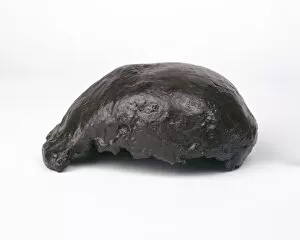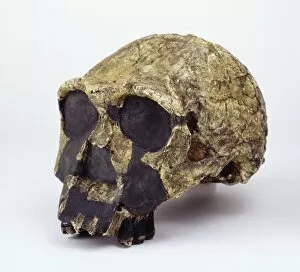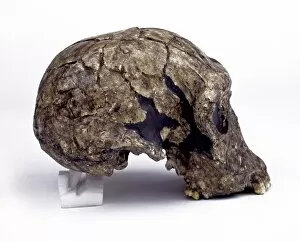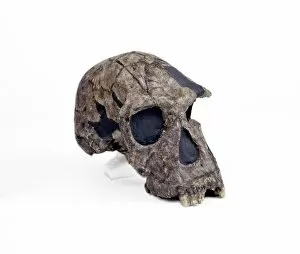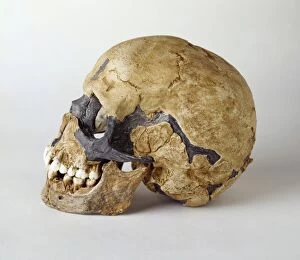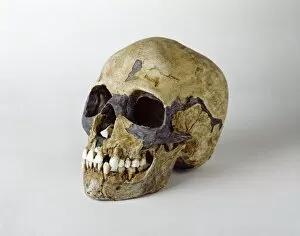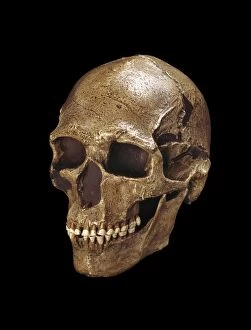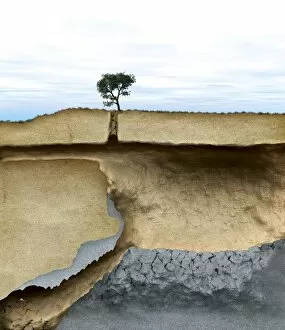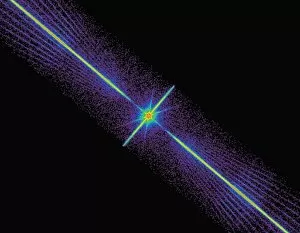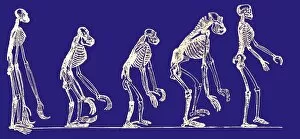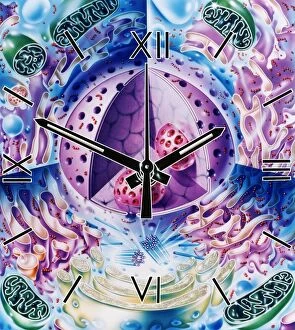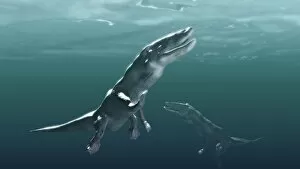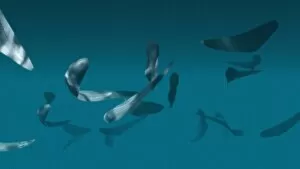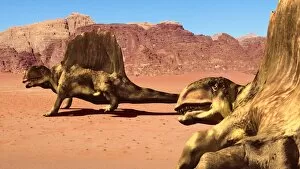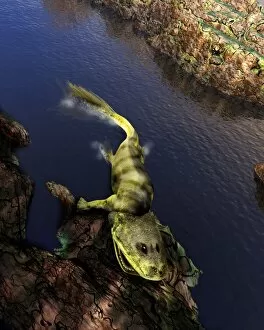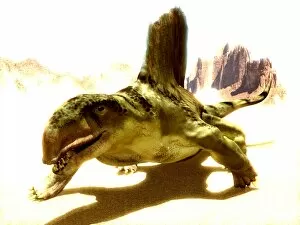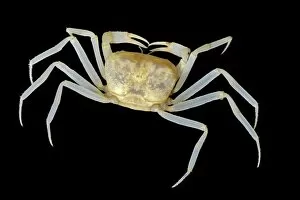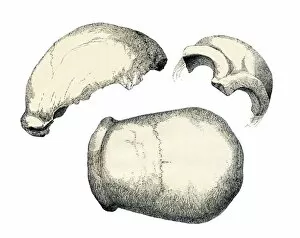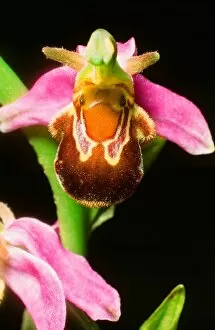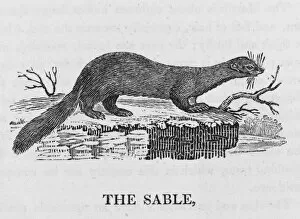Evolutionary Collection (#3)
"Unveiling the Story of Evolution: Tracing our Ancestral Journey through Time" Primate skulls: A glimpse into the ancient faces that shaped our evolutionary path
For sale as Licensed Images
Choose your image, Select your licence and Download the media
"Unveiling the Story of Evolution: Tracing our Ancestral Journey through Time" Primate skulls: A glimpse into the ancient faces that shaped our evolutionary path. Peking Man: Discovering a new link in human evolution, connecting us to our distant past. Devils Marbles Conservation Reserve, Australia: Exploring the rugged landscapes where early humans once roamed. Ardipithecus ramidus landscape: Stepping back in time to witness the environment that shaped our earliest ancestors. Sinanthropus - The Lowest Man Known to Science: Unraveling the mysteries of this primitive human species and its place in history. Four Horsemen of the Apocalypse: Symbolizing nature's forces that have influenced evolution throughout millennia. Shared DNA between humans and chimps - Artistry of Life's Blueprint: Marveling at the intricate genetic similarities that bind us with our primate relatives. Sir Baldwin Spencer - Illuminating Humanity's Origins: Celebrating his contributions as an influential figure in understanding Australian Aboriginal culture and its connection to human evolution. Charles Darwin - English Naturalist Extraordinaire: Honoring his groundbreaking work on evolutionary theory, forever shaping scientific thought worldwide. Devils Marbles Conservation Reserve, Australia (again): Standing amidst these geological wonders, we are reminded of Earth's ancient stories etched into stone over millions of years. Great Basin Bristlecone Pine fallen ancient tree, White Mountains .

